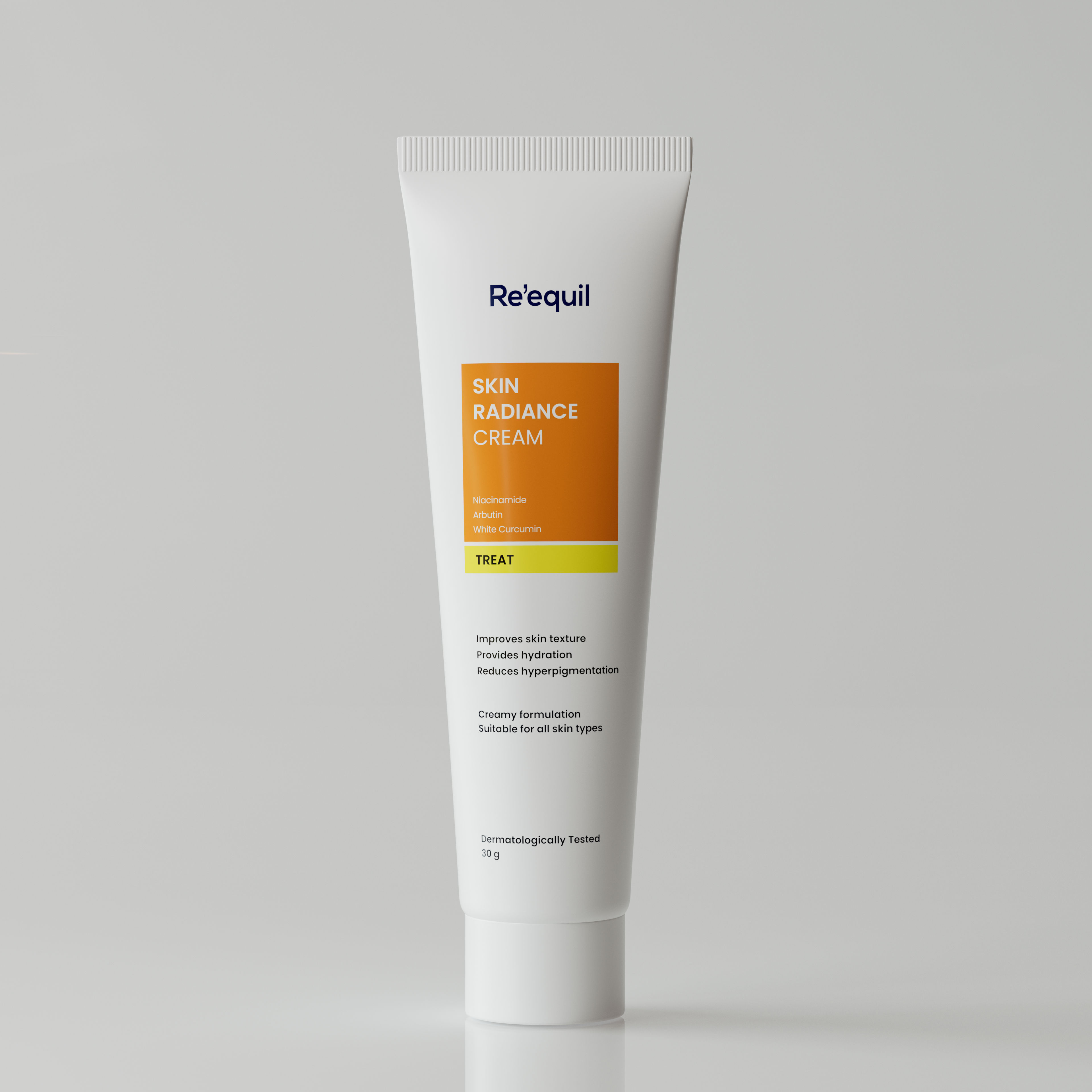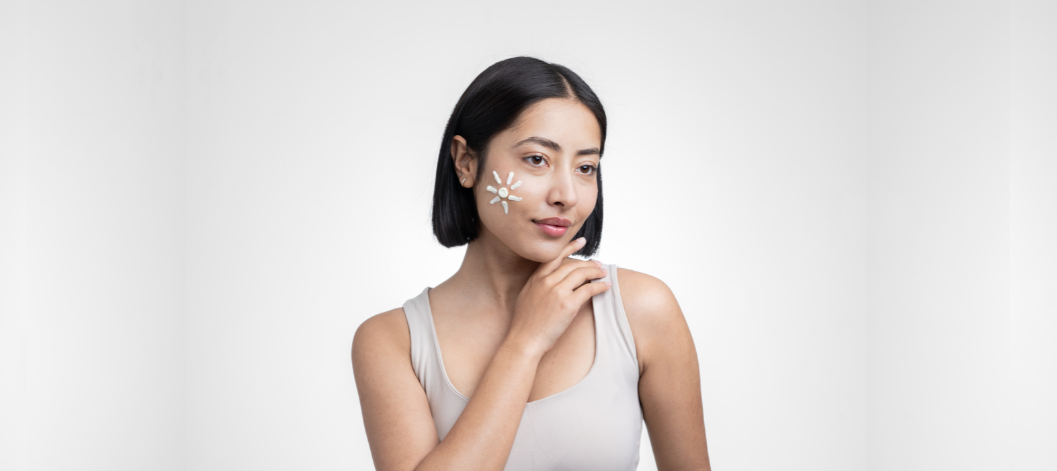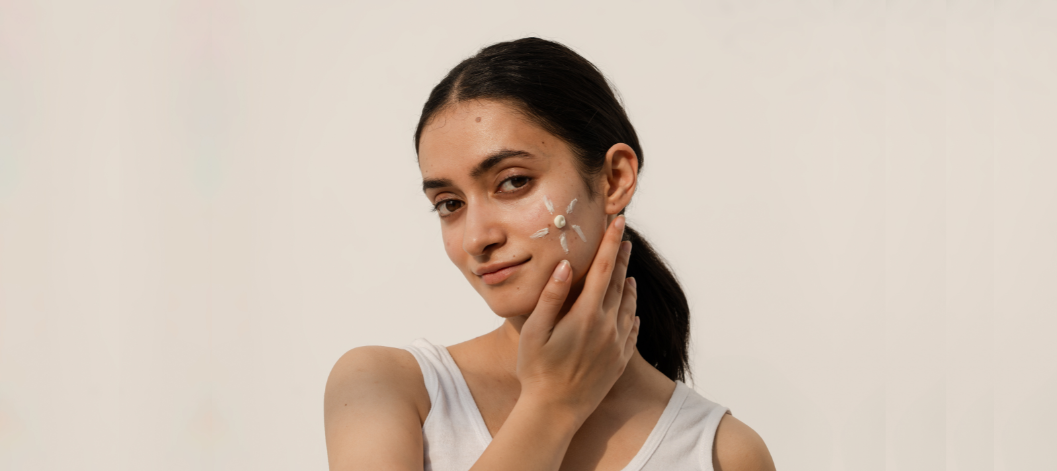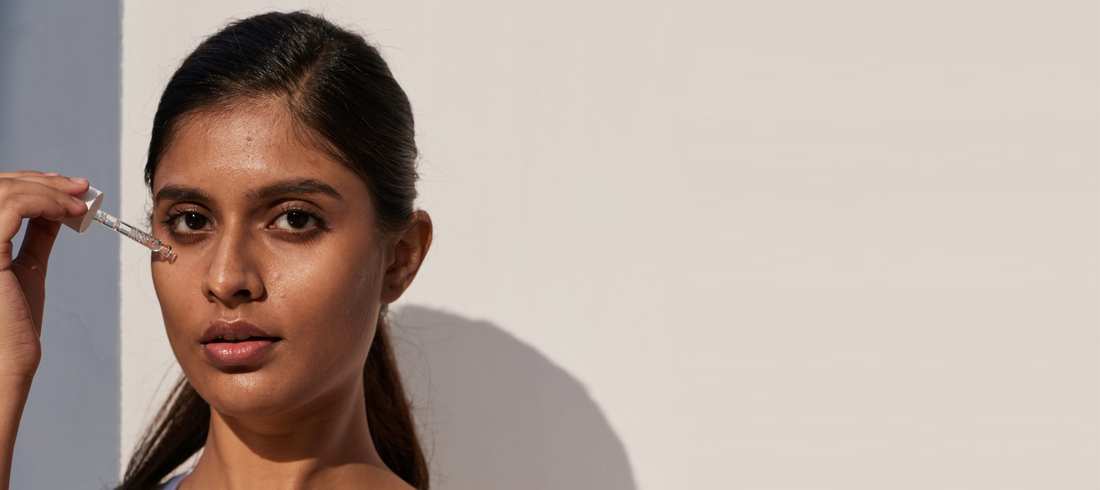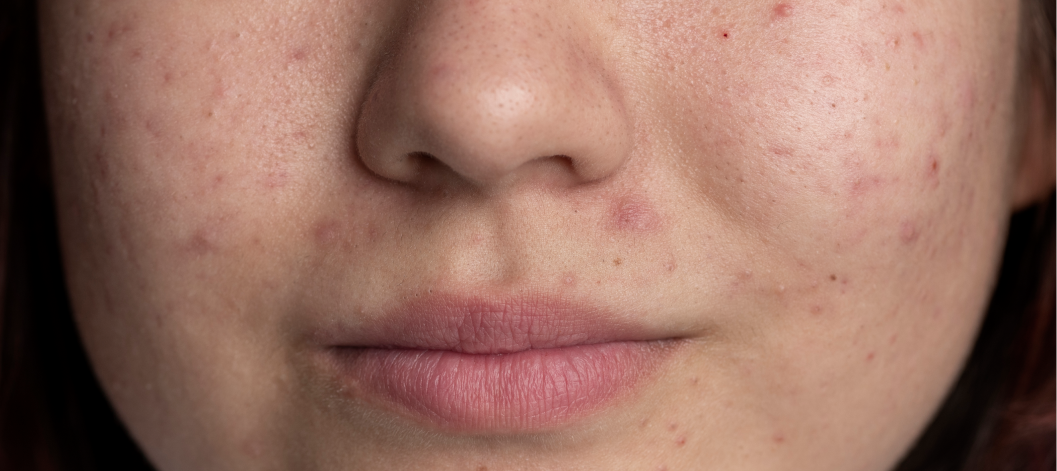You applied the sunscreen. You followed all the rules. And yet, by the end of your day or just a regular walk outside, your skin looks… darker. Slightly bronzed. Uneven.
It’s frustrating — and confusing.
So the question starts circling in your head: Does sunscreen even work? If it does, why do I still tan?
This article breaks down the science behind tanning, UV rays, and whether sunscreen is actually doing its job.
What actually happens when your skin tans?
Let’s get this out of the way: a tan is skin damage. Not a glow. Not “sun-kissed.” It’s a biological defense mechanism.
When UV radiation hits your skin — specifically UVB and UVA rays — it triggers cells called melanocytes to produce more melanin.
Melanin is what gives skin its color, and your body increases it to shield deeper skin layers from further UV injury.
This happens even when you don’t burn.
o tanning is essentially a sign that your skin has been harmed — just not severely enough to peel.
There’s a common misconception that some people tan “healthily.”
But dermatologists agree: there’s no such thing as a safe or harmless tan. Even subtle darkening means UV-induced DNA damage has occurred in your skin cells.
And no, not all tans are equal. UVA rays penetrate deeper and cause longer-term skin damage, while UVB rays are more likely to cause redness and burns.
Sunscreen blocks UV rays — but not all of them
Sunscreen is designed to absorb, reflect, or scatter some of the UV radiation that reaches your skin — but not 100% of it.
Even SPF 50 filters out about 98% of UVB rays, which sounds great — until you realize that 2% still gets through, and you’re usually exposed for hours.
And here’s the catch: most sunscreens don’t block UVA rays as effectively, especially if they aren't labeled “broad spectrum.”
Since UVA rays are mainly responsible for pigmentation and tanning, you can tan even without burning.
Plus, SPF only measures protection from UVB rays.
It tells you nothing about how well a sunscreen defends against UVA — which are more deeply absorbed and are more linked to long-term pigmentation and ageing.
So what does sunscreen really do?
Not at all. Sunscreen is crucial. But expecting it to make you tan-proof is where things go wrong.
Think of sunscreen as a filter, not a wall.
It reduces how much UV radiation reaches your skin, but doesn’t eliminate it.
A 2021 study published in Photodermatology showed that people using broad-spectrum sunscreen daily developed less pigmentation and DNA damage over time — but some tanning still occurred, especially after prolonged exposure.
There’s also the fact that sunscreen’s effectiveness depends heavily on how you apply it.
Most people apply only 25–50% of the recommended amount, which means the actual protection they get is much lower than the SPF on the label.
So why do people still tan with sunscreen on?
Here are the real reasons why tanning happens despite sunscreen:
- You didn’t apply enough — Most people apply less than half the recommended amount.
-
You missed spots — Ears, jawline, neck, and hairline are common culprits.
-
You forgot to reapply — Sunscreen wears off with sweat, water, and time (usually within 2 hours).
-
You’re using low SPF — SPF 15 may prevent burning but does little for tanning with extended exposure.
-
No UVA protection — If it’s not “broad-spectrum,” you’re vulnerable to tanning and aging rays.
-
Your skin naturally tans easily — Fitzpatrick skin types III to V tan more rapidly than others due to higher baseline melanin levels.
- Environmental factors — High-altitude locations, snow, water, and sand all reflect UV rays and intensify your exposure without you realizing it.
Can sunscreen reduce tanning at all?
Yes — especially broad-spectrum formulas with high SPF and photo-stable UVA filters like avobenzone, Tinosorb S/M, or zinc oxide.
In one randomized trial, participants using SPF 60 with full-spectrum filters experienced 72% less tanning and pigmentation compared to the control group over a 4-week summer period.
Still, complete prevention is rare in real-world conditions — because no one applies sunscreen with lab-level consistency
And what about tanning indoors — is that safer?
Short answer: no.
Tanning beds primarily emit UVA radiation, which penetrates deeply and accelerates tanning, pigmentation, and photoaging without causing visible burns.
That makes them more dangerous, not less.
According to the World Health Organization, indoor tanning devices increase the risk of skin cancer by 59%, and their use before age 35 significantly raises melanoma risk.





